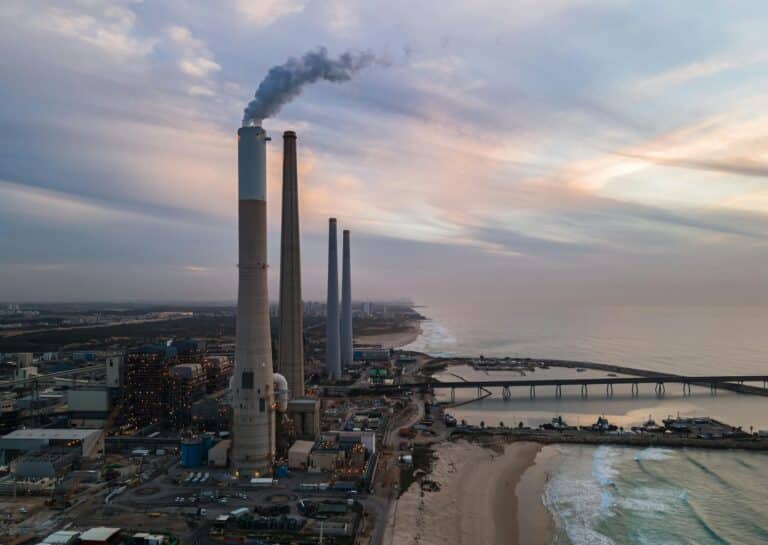Source: Inside Climate News
Excerpt:
Technologies to slow global warming by manipulating the environment are rapidly advancing, but some experts want to pump the brakes.
In 1991, Mount Pinatubo in the Philippines erupted with enough force to spew high amounts of gas and ash all the way into the stratosphere, which starts roughly 4 miles above the Earth’s surface.
The mushroom cloud injected an estimated 20 million tons of sulfur dioxide into this layer of the atmosphere, where it mingled with water to create a hazy film of aerosol particles that spread around the globe. These droplets had a unique ability: They reflected sunlight away from the Earth—enough to cool the planet by nearly 1 degree Fahrenheit over the next year.
Scientists and entrepreneurs have raced to develop new technology to mimic this temporary natural phenomenon—and find other ways to tinker with the environment—to help slow global warming, a strategy known as geoengineering.
However, this field has recently faced a growing wave of backlash, with experts stepping forward to expound the regulatory gaps and potentially catastrophic risks associated with manipulating nature in this way.
Read more: Geoengineering Faces a Wave of Backlash Over Regulatory Gaps and Unknown Risks





